Why You Need to Keep Your Metalworking Machine Manuals
Most of us throw away the instruction manual when we buy a new product. Sometimes, we like the challenge of doing it ourselves; other times, we already know how the item works and don’t need to read the same book twice. This works fine for simpler things like vacuum cleaners and bookshelves, but not for more complex machinery. When it comes to advanced equipment, like press brakes and metal benders, it’s very important to keep the manuals somewhere safe and accessible for future reference.
Specifics
Saving manuals is especially crucial for high-tech industrial equipment like machines and devices used in metalworking. In many ways, it’s just as important as saving a vehicle’s manual written by and for mechanics. There’s too many specifics that vary from car to car to keep track of in your head. If you’re doing that, then you may as well memorize an encyclopedia.
These manuals show you the specifics on how to operate the machine in question. They will include the specific numbers needed for settings, ranges, thresholds, and limitations, how to program it, and how to troubleshoot it if it breaks. It’s nearly impossible to remember and quickly recall this information on your own. This is especially true for metal bending because most bending machinery is heavily reliant on brand-specified numbers.
Diagrams
Machine manuals also contain detailed diagrams that explain the inner workings of the machine itself. Most shops just don’t have the time to reverse engineer or perform an autopsy on a machine when it breaks, especially if the shop didn’t create the machine in the first place. Having access to these diagrams solves problems so much faster.
Breakdowns and Troubleshooting
Every machine suffers from wear and tear. Eventually, the parts inside of it will break down. The parts that go into most metalworking machinery are highly specific and calculated in design, so it isn’t as easy as ordering them from Amazon. You won’t find them at your local hardware store, and you need to know the reference numbers for the manufacturer parts you’re looking for. Your machine manual contains all of this information, and much more, saving you time and reducing the headache of guessing what parts you need.
Compatibilities
Your machine manual will also tell you what type of materials your equipment can handle and to what extent it can be pushed. Metalworking requires precise calculations by its nature, so winging it and experimenting with non-compatible equipment is incredibly unsafe. Simply put: It’s safer for your entire shop to consult the manual before using equipment dangerously and causing an accident.
Show, Don’t Tell
Sometimes, it’s easier to show something than it is to describe it. This is especially true when talking to someone over the phone or writing an email where you can only use words. You can use the manual and make a scan of the specific page in the manual that you need and fax or email it the person you’re working with. This also allows you to draw or circle something on the copy without damaging the original, making it easier to communicate broken press brakes or machine failures to repair specialists from a distance.
Missing a machine manual? Need to find press brakes for sale? Quantum Machinery can help. Contact us today for all of your most important metalworking needs.


